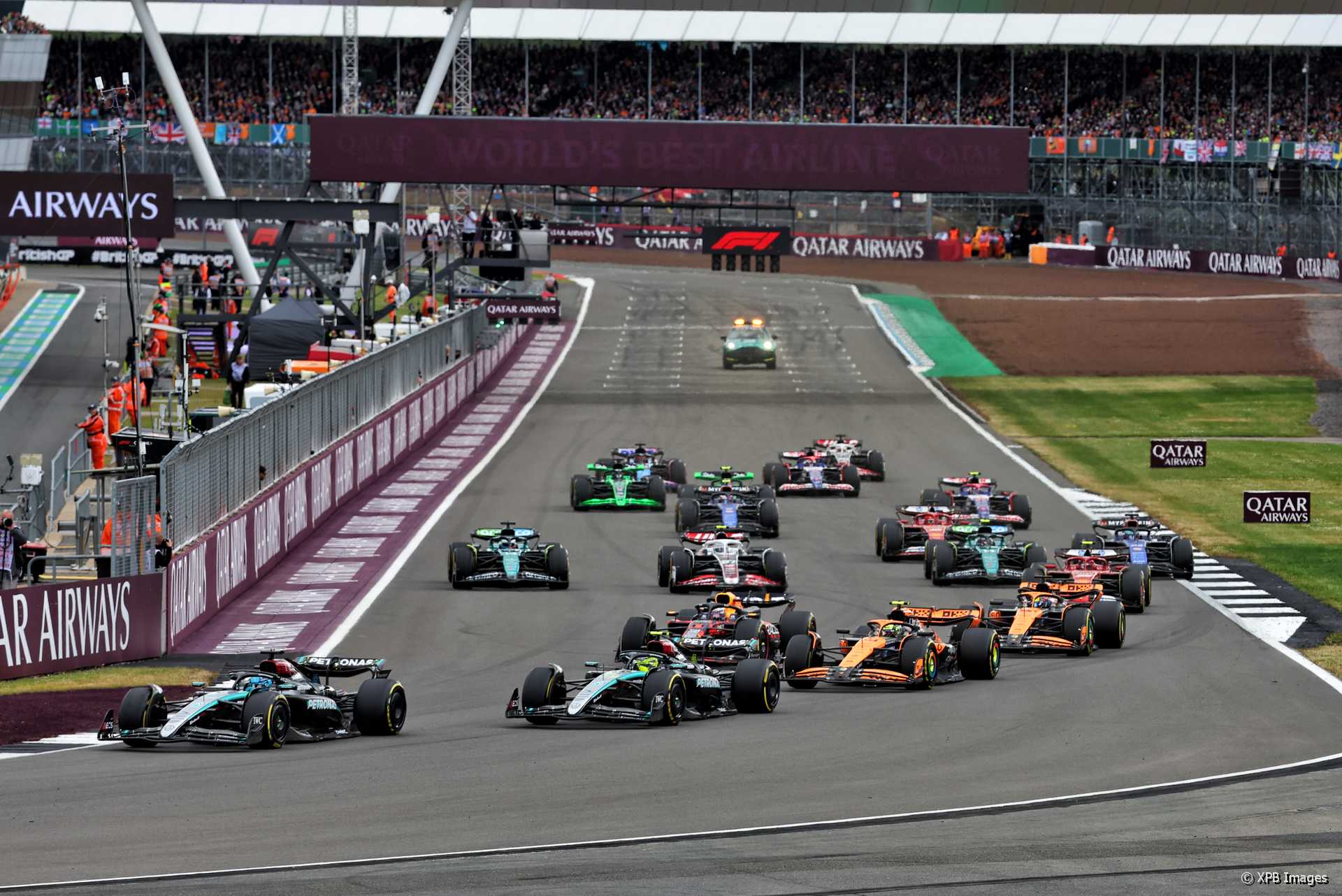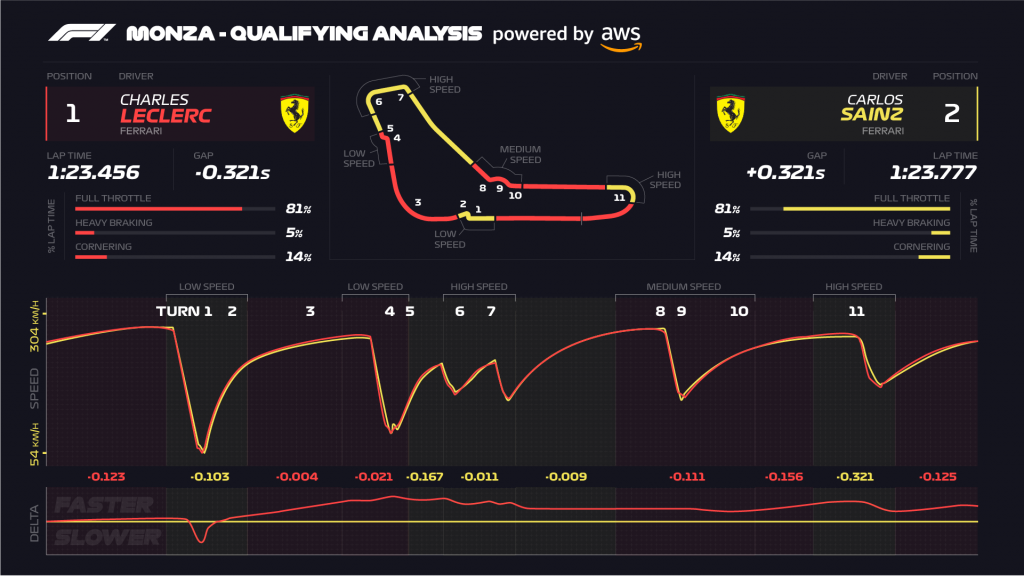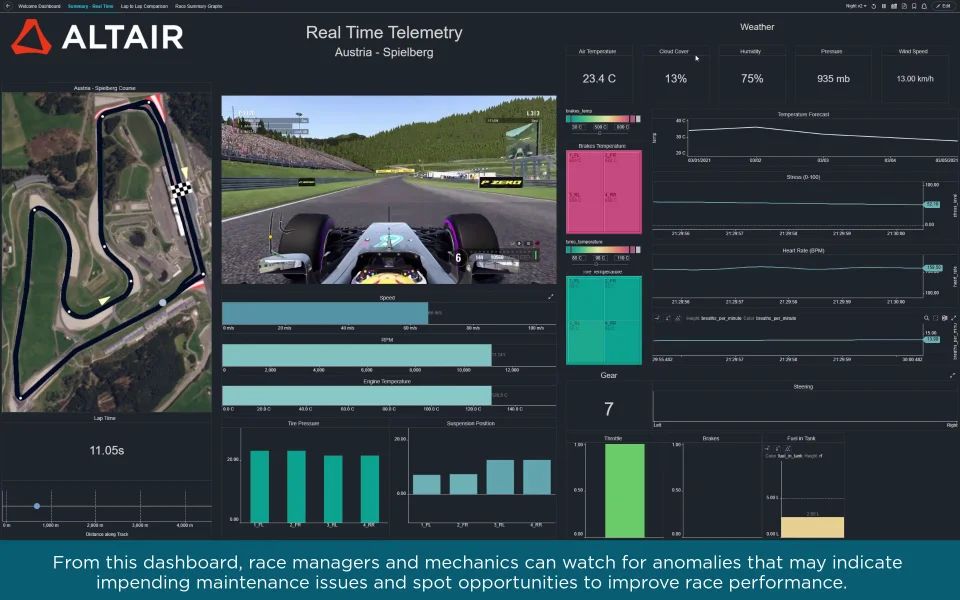How Computing Powers Formula 1

Nothing is better for us F1 fans than hearing those V6 1.6-liter V6 turbocharged engines roar past the straights. And while the engines may roar loudest on the track, the real race in F1 happens behind the scenes - in the servers, simulations, and algorithm-driven calculations that define the difference between a podium finish and a missed opportunity.
As the world watched the cars battle it out on the track at Silverstone, the teams in the paddock were laser-focused on the high-octane world of computing and data science keeping their team in the race.
The Role of AI and Data in F1
Each F1 car is equipped with over 300 sensors, capturing millions of data points per race — tyre temperature, fuel burn rate, brake pressure, engine wear, cornering speed, and weather conditions. This data is analysed in real-time using machine learning algorithms, helping teams make split-second decisions on pit stops, overtaking strategies, and safety calls.
Before the race even begins, simulations run thousands of scenarios based on track conditions, previous races, driver tendencies, and environmental factors. These aren’t educated guesses, they’re high-fidelity models powered by supercomputers and complex code. The cars that race on Sunday are the result of thousands of digital test laps that happened weeks earlier, all in virtual space.
Computing is Co-Driver
At its core, Formula 1 is a proving ground for computing innovation. AI optimises fuel strategy. Cloud computing powers global team coordination. Real-time telemetry ensures performance is constantly monitored and adjusted. Even aerodynamic testing is done through Computational Fluid Dynamics (CFD), saving millions by reducing the need for physical wind tunnel testing.
What’s powering the car isn’t just an engine. It’s software. And what’s powering the team isn’t just drivers. It’s developers, analysts, data engineers, and simulation specialists.
Where UNIMY Students Fit Into This Story
This isn’t just about racing. It’s about what happens when computing meets real-world challenges. At UNIMY, students in AI, Computer Science, Cybersecurity, and Software Engineering courses are taught the same principles driving innovation in motorsports: intelligent systems, algorithmic thinking, and real-time decision-making.
UNIMY's programmes don’t just cover theory, they prepare students for tech-driven industries, whether that’s motorsport, gaming, fintech, robotics, or healthcare. From building predictive models to simulating outcomes and managing data pipelines, the skills used in F1 are the same skills our students are building every day.
From the Track to the Tech Lab
So, as the world watches the drama unfold at Silverstone, remember that speed is no longer just physical, it’s digital. F1 is a celebration of engineering, yes, but it’s also a showcase of what computing can achieve when pushed to its limits.
If you’re a student who’s passionate about solving problems, building smarter systems, or creating the next generation of digital innovation, UNIMY is your starting line.
The future of technology moves fast. Are you ready to keep up?


